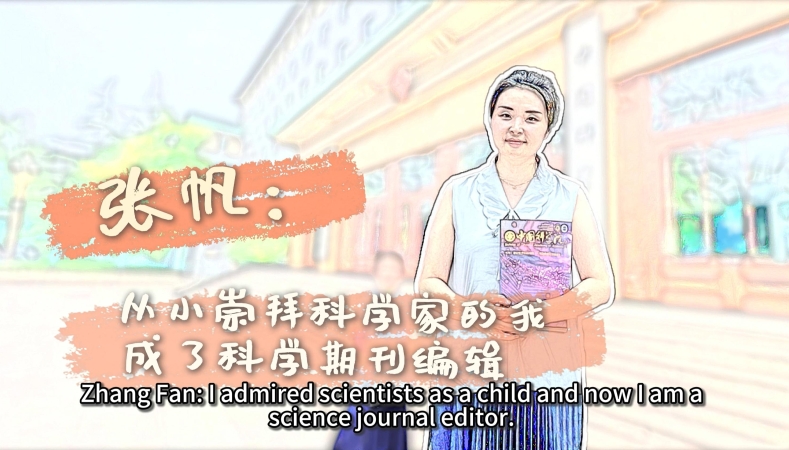China's Space Station Opens for Scientific Experiments
Shenzhou-14 crew Chen Dong enters the space lab. (PHOTO: VCG)
Edited by QI Liming
When the Shenzhou-14 taikonauts opened the hatch door of Wentian on July 25, the first lab module of China's space station was shown to the world.
It is the first time the Chinese taikonauts had entered the lab module in orbit. They will conduct in-orbit work such as the attitude control of the combination of the space station, small mechanical arm crawling and test the complex of big and small arms. They will also use the airlock cabin and the small mechanical arm of Wentian to carry out extravehicular activities.
As an important part of the national space laboratory, Wentian is able to support space science experiments of single or multi-disciplines. It is an "all-rounder" that integrates platform functions and tests payload functions.
Space life science is one of the important fields of space science research. On the one hand, the special environment of space can be used to study the mystery of life. On the other hand, it is also an important support base for scientific research for humans to leave the earth and go into space.
The Wentian module is equipped with a space life science laboratory, providing China with the basic conditions to explore the frontier of life science. Therefore, China has become one of only two countries in the world with the basic conditions for space life science research.
Canadian cancer scientist Tricia Larose, a medical researcher based at the University of Oslo in Norway, posted on Twitter that she would "happily" take part in a mission following the launch of the Wentian laboratory module.
Three years ago, Larose's project of "tumors in space" was chosen as one of nine projects to be carried out on board the vessel. It was selected by the United Nations Office for Outer Space Affairs and the China Manned Space Agency from 42 applicants from 27 countries.
Her project aims to investigate if tumors will slow or stop growing in weightless conditions and how cosmic radiation affects the DNA of healthy organoids, a type of 3-D tissue culture derived from stem cells.
She is the only female scientist to lead one of the nine selected projects and expected to travel to the Tiangong space station in 2025 or 2026.
China is going to finish building the space station later this year. Apart from the nine research projects selected in 2019, more than 1,000 experiments are expected to be carried out in China's space station.
Some of the experiments conducted on board will focus on the growth of plants, animals and microorganisms under space conditions, while others will focus on cell experiments.



